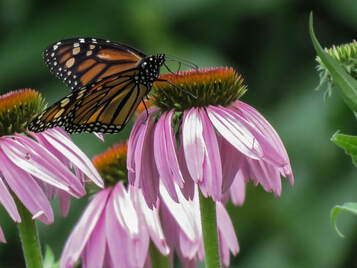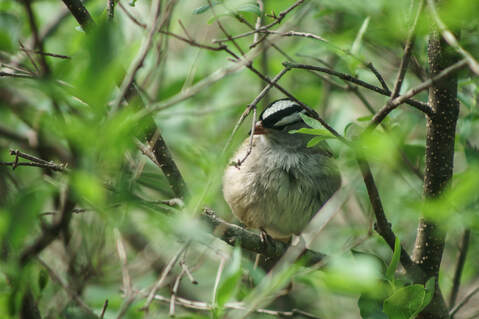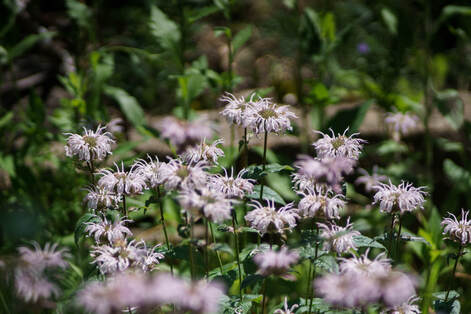|
In the fall of 2018 we moved into a home in the city of West Allis. Bonus: it had a nice backyard! One of our first thoughts when we saw the yard was what a great sanctuary it could be for wildlife, and for us. A way to bring the nature we found on our hikes back home, and to create a space in the city for wildlife to flourish.
The yard itself had good bones. Previous owners had installed a raised flower bed, though in need of some tidying up. A little more purpose. There are two grand old pine trees that almost feel like a woodland respite as is. We put up a few feeders, added two bird bath features. Planted a couple bushes. And already this first spring we had feathered visitors who were making their way up to Wisconsin for spring migration. Indigo Buntings, Red-breasted Grosbeaks, Orioles, and more. A really good, and encouraging start. |
|
We've been reading books and articles on gardening for wildlife. Adding more native plants in the raised garden, and in some pots on the patio. It's mid-summer now, and the native plants are blooming, the birds continue to show up every morning, and the butterflies are coming through every day now, lingering over cone-flower, and phlox. The phrase "if you build it, they will come" may be borrowed from a famous baseball movie, but it's more than appropriate here.
We've much to learn, and much to do, but we are off to a good start. I hope to share what we've learned thus far, and encourage others who are interested, no matter the size of their space, to embrace this movement. This renaissance of sorts. I can't imagine a morning without birdsong. Hopefully, with more and more of us gardening for wildlife, I won't have to. |




